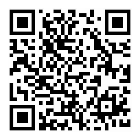ISO 22093-2011 工業自動系統與集成.實際設備控制.尺寸測量接口標準(DMIS)
作者:百檢網 時間:2021-07-19
標準號:ISO 22093-2011
中文標準名稱:工業自動系統與集成.實際設備控制.尺寸測量接口標準(DMIS)
英文標準名稱:Industrial automation systems and integration - Physical device control - Dimensional Measuring Interface Standard (DMIS)
標準類型:N18
發布日期:2011/5/15 12:00:00
實施日期:1999/12/31 12:00:00
中國標準分類號:N18
國際標準分類號:25.040.40
引用標準:American Standard Code for Information Interchange (ASCII);ANSI/ASME B89.4.1-1997;ANSI/CAM-I 101 1990;ANSI Y14.26M-1987;APT: ANSI X3.37-1987;ASME Y14.5M-1994;Dimensional Mark-up Language Specification for the transfer of dimensional inspection results (DM
適用范圍:This International Standard defines a neutral language for communication between information systems and Dimensional Measurement Equipment (DME) called the Dimensional Measuring Interface Standard (DMIS).DMIS is an execution language for measurement part programs and provides an exchange format for metrology data such as features, tolerances, and measurement results.DMIS conveys the product and equipment definitions along with the process and reporting information necessary to perform dimensional measurements that employ coordinate metrology. DMIS contains product definitions for nominal features, feature constructions, dimensional and geometric tolerances, functional datums, and part coordinate systems. It also communicates equipment definitions for various measurement sensors, measurement resources, and machine parameters. DMIS instructs the DME's motions and measurements for product acceptance or verification and for manufacturing process validation and control. Furthermore, DMIS guides the analysis of coordinate data to report and tag measurement results that ascertain product/process quality.Finally, to aid in its implementation, application functional subsets of DMIS have been defined that ensure successful interoperability and to validate DMIS conformance. Also, DMIS addresses the associativity of DMIS product definitions with CAD information.While primarily designed for communication between automated equipment, DMIS is designed to be both humanreadableand human-writable, allowing inspection programs to be written and inspection results to be analyzed without the use of computer aids. With the enhancement of the High Level Language extensions, DMIS can function and be implemented as a complete DME language.DMIS provides the vocabulary to pass inspection programs to dimensional measuring equipment and to passmeasurement and process data back to an analysis, collection, and/or archiving system. A piece of equipmentwhich interfaces to others, using the DMIS vocabulary, may do so directly or it may have a pre-processor to convertits own native data formats into the DMIS format and/or a postprocessor to convert the DMIS format into its owndata structure.An environment making use of the DMIS input and output formats as a data exchange standard is depicted in (Figure 1 — DMIS environment) . As illustrated, an inspection program can be created by many different approaches. Inspection program creation can be assisted by CAD systems, non -graphical systems, automatedsystems, or constructed manually. A programming system may require a pre-processor which converts the program into DMIS format. A DMIS inspection program can then be executed on dissimilar dimensional measuring equipments. In ( Figure 1 — DMIS environment), DME I has a DMIS pre -processor and post-processor which converts the DMIS data into its own unique data format. DME IV is utilizing DMIS as its native format and therefore no pre-processors or post-processors are required. Also, a host computer is being used to control DME II andDME III. The host has a post-processor which decodes the DMIS program and drives the two DMEs, eitherthrough DMIS formats, or through some user-defined data exchange format.Resultant data may be passed back in DMIS format through various scenarios. For example, this data could bepassed directly as DMIS or via a post-processor. Resultant data is typically passed to an analysis system and/or astorage system such as a Quality Information System (QIS).The manual interface indicates that DMIS programs can be hand written, and results analyzed, without the use ofcomputer aids. In addition, many other uses of the DMIS data exchange format could be applied.
中文標準名稱:工業自動系統與集成.實際設備控制.尺寸測量接口標準(DMIS)
英文標準名稱:Industrial automation systems and integration - Physical device control - Dimensional Measuring Interface Standard (DMIS)
標準類型:N18
發布日期:2011/5/15 12:00:00
實施日期:1999/12/31 12:00:00
中國標準分類號:N18
國際標準分類號:25.040.40
引用標準:American Standard Code for Information Interchange (ASCII);ANSI/ASME B89.4.1-1997;ANSI/CAM-I 101 1990;ANSI Y14.26M-1987;APT: ANSI X3.37-1987;ASME Y14.5M-1994;Dimensional Mark-up Language Specification for the transfer of dimensional inspection results (DM
適用范圍:This International Standard defines a neutral language for communication between information systems and Dimensional Measurement Equipment (DME) called the Dimensional Measuring Interface Standard (DMIS).DMIS is an execution language for measurement part programs and provides an exchange format for metrology data such as features, tolerances, and measurement results.DMIS conveys the product and equipment definitions along with the process and reporting information necessary to perform dimensional measurements that employ coordinate metrology. DMIS contains product definitions for nominal features, feature constructions, dimensional and geometric tolerances, functional datums, and part coordinate systems. It also communicates equipment definitions for various measurement sensors, measurement resources, and machine parameters. DMIS instructs the DME's motions and measurements for product acceptance or verification and for manufacturing process validation and control. Furthermore, DMIS guides the analysis of coordinate data to report and tag measurement results that ascertain product/process quality.Finally, to aid in its implementation, application functional subsets of DMIS have been defined that ensure successful interoperability and to validate DMIS conformance. Also, DMIS addresses the associativity of DMIS product definitions with CAD information.While primarily designed for communication between automated equipment, DMIS is designed to be both humanreadableand human-writable, allowing inspection programs to be written and inspection results to be analyzed without the use of computer aids. With the enhancement of the High Level Language extensions, DMIS can function and be implemented as a complete DME language.DMIS provides the vocabulary to pass inspection programs to dimensional measuring equipment and to passmeasurement and process data back to an analysis, collection, and/or archiving system. A piece of equipmentwhich interfaces to others, using the DMIS vocabulary, may do so directly or it may have a pre-processor to convertits own native data formats into the DMIS format and/or a postprocessor to convert the DMIS format into its owndata structure.An environment making use of the DMIS input and output formats as a data exchange standard is depicted in (Figure 1 — DMIS environment) . As illustrated, an inspection program can be created by many different approaches. Inspection program creation can be assisted by CAD systems, non -graphical systems, automatedsystems, or constructed manually. A programming system may require a pre-processor which converts the program into DMIS format. A DMIS inspection program can then be executed on dissimilar dimensional measuring equipments. In ( Figure 1 — DMIS environment), DME I has a DMIS pre -processor and post-processor which converts the DMIS data into its own unique data format. DME IV is utilizing DMIS as its native format and therefore no pre-processors or post-processors are required. Also, a host computer is being used to control DME II andDME III. The host has a post-processor which decodes the DMIS program and drives the two DMEs, eitherthrough DMIS formats, or through some user-defined data exchange format.Resultant data may be passed back in DMIS format through various scenarios. For example, this data could bepassed directly as DMIS or via a post-processor. Resultant data is typically passed to an analysis system and/or astorage system such as a Quality Information System (QIS).The manual interface indicates that DMIS programs can be hand written, and results analyzed, without the use ofcomputer aids. In addition, many other uses of the DMIS data exchange format could be applied.
相關標準
《GB/T 5169.11-2017》電工電子產品著火危險試驗 第11部分:灼熱絲/熱絲基本試驗方法成品的灼熱絲可燃性試驗方法(GWEPT) GB/T 5169.11-2017 6.4
《GB/T 18487.3-2001》電動車輛傳導充電系統電動車輛交流/直流充電機(站) GB/T 18487.3-2001
《GB/T 18487.3-2001》電動車輛傳導充電系統電動車輛交流/直流充電機(站) GB/T 18487.3-2001
《GB/T 18487.3-2001》電動車輛傳導充電系統電動車輛交流/直流充電機(站) GB/T 18487.3-2001
《GB/T 26125-2011》電子電氣產品 六種限用物質(鉛、汞、鎘、六價鉻、多溴聯苯和多溴二苯醚)的測定 GB/T 26125-2011
《GB/T 26125-2011》電子電氣產品 六種限用物質(鉛、汞、鎘、六價鉻、多溴聯苯和多溴二苯醚)的測定 GB/T 26125-2011
《GB/T 26125-2011》電子電氣產品 六種限用物質(鉛、汞、鎘、六價鉻、多溴聯苯和多溴二苯醚)的測定 GB/T 26125-2011
《GB/T 26125-2011》電子電氣產品 六種限用物質(鉛、汞、鎘、六價鉻、多溴聯苯和多溴二苯醚)的測定 GB/T 26125-2011
《GB/T 5095.6-1997》電子設備用機電元件 基本試驗規程及測量方法 第6部分:氣候試驗和錫焊試驗 GB/T 5095.6-1997 10
《GB/T 5095.4-1997》電子設備用機電元件 基本試驗規程及測量方法 第4部分:動態應力試驗 GB/T 5095.4-1997 3
《GB/T 18487.3-2001》電動車輛傳導充電系統電動車輛交流/直流充電機(站) GB/T 18487.3-2001
《GB/T 18487.3-2001》電動車輛傳導充電系統電動車輛交流/直流充電機(站) GB/T 18487.3-2001
《GB/T 18487.3-2001》電動車輛傳導充電系統電動車輛交流/直流充電機(站) GB/T 18487.3-2001
《GB/T 26125-2011》電子電氣產品 六種限用物質(鉛、汞、鎘、六價鉻、多溴聯苯和多溴二苯醚)的測定 GB/T 26125-2011
《GB/T 26125-2011》電子電氣產品 六種限用物質(鉛、汞、鎘、六價鉻、多溴聯苯和多溴二苯醚)的測定 GB/T 26125-2011
《GB/T 26125-2011》電子電氣產品 六種限用物質(鉛、汞、鎘、六價鉻、多溴聯苯和多溴二苯醚)的測定 GB/T 26125-2011
《GB/T 26125-2011》電子電氣產品 六種限用物質(鉛、汞、鎘、六價鉻、多溴聯苯和多溴二苯醚)的測定 GB/T 26125-2011
《GB/T 5095.6-1997》電子設備用機電元件 基本試驗規程及測量方法 第6部分:氣候試驗和錫焊試驗 GB/T 5095.6-1997 10
《GB/T 5095.4-1997》電子設備用機電元件 基本試驗規程及測量方法 第4部分:動態應力試驗 GB/T 5095.4-1997 3
百檢網專注于為第三方檢測機構以及中小微企業搭建互聯網+檢測電商服務平臺,是一個創新模式的檢驗檢測服務網站。百檢網致力于為企業提供便捷、高效的檢測服務,簡化檢測流程,提升檢測服務效率,利用互聯網+檢測電商,為客戶提供多樣化選擇,從根本上降低檢測成本提升時間效率,打破行業壁壘,打造出行業創新的檢測平臺。
百檢能給您帶來哪些改變?
1、檢測行業全覆蓋,滿足不同的檢測;
2、實驗室全覆蓋,就近分配本地化檢測;
3、工程師一對一服務,讓檢測更精準;
4、免費初檢,初檢不收取檢測費用;
5、自助下單 快遞免費上門取樣;
6、周期短,費用低,服務周到;
7、擁有CMA、CNAS、CAL等權威資質;
8、檢測報告權威有效、中國通用;
客戶案例展示
相關商品
相關資訊

暫無相關資訊
最新資訊
版權與免責聲明
①本網注名來源于“互聯網”的所有作品,版權歸原作者或者來源機構所有,如果有涉及作品內容、版權等問題,請在作品發表之日起一個月內與本網聯系,聯系郵箱service@baijiantest.com,否則視為默認百檢網有權進行轉載。
②本網注名來源于“百檢網”的所有作品,版權歸百檢網所有,未經本網授權不得轉載、摘編或利用其它方式使用。想要轉載本網作品,請聯系:service@baijiantest.com。已獲本網授權的作品,應在授權范圍內使用,并注明"來源:百檢網"。違者本網將追究相關法律責任。
③本網所載作品僅代表作者獨立觀點,不代表百檢立場,用戶需作出獨立判斷,如有異議或投訴,請聯系service@baijiantest.com



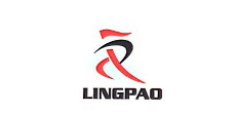
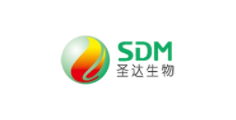
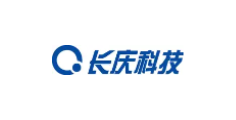
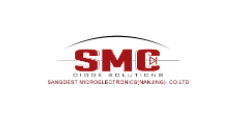
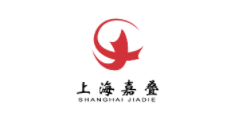
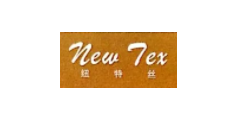
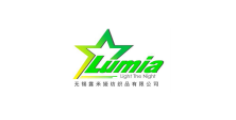
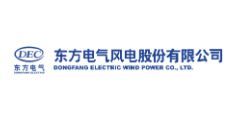

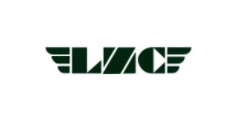
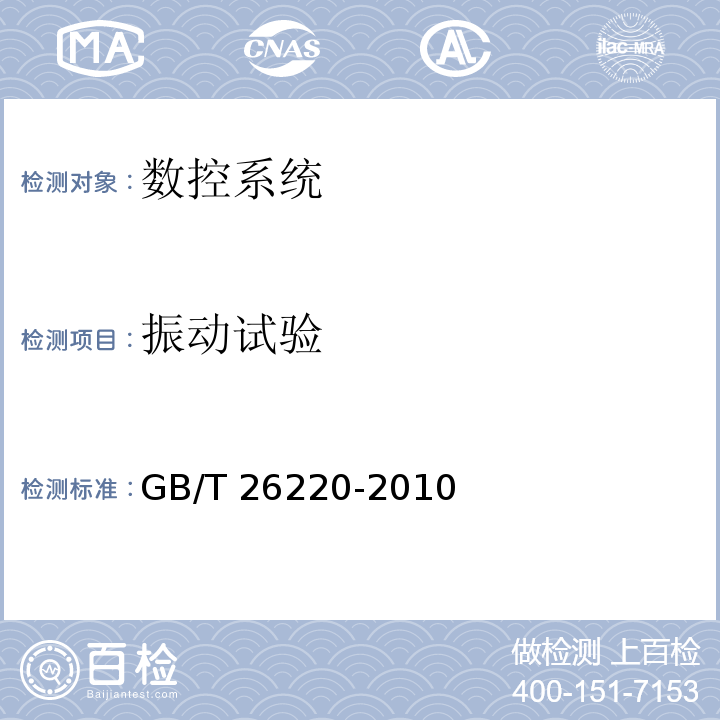
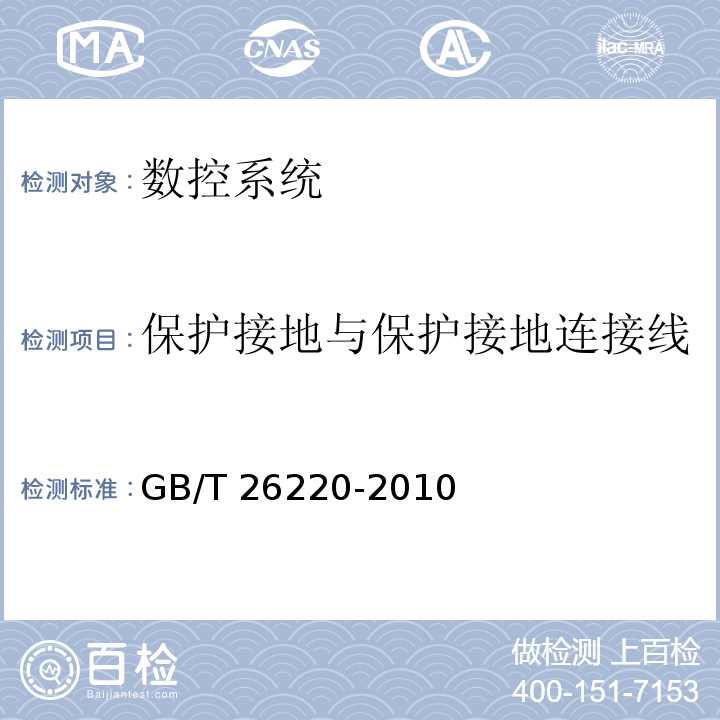
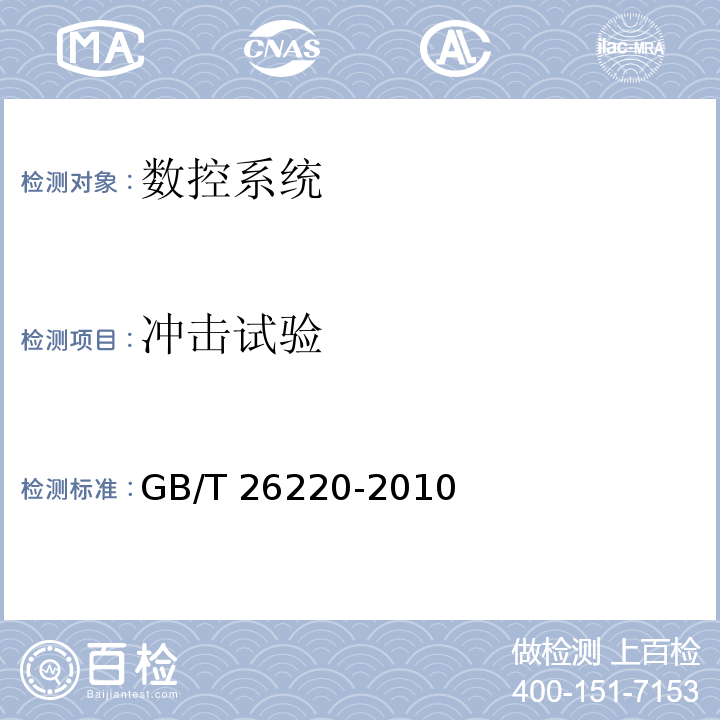
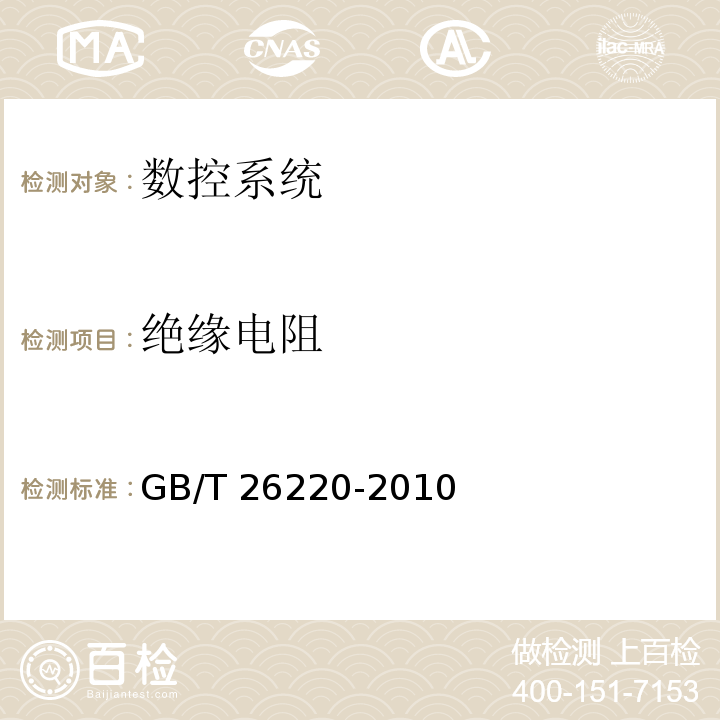
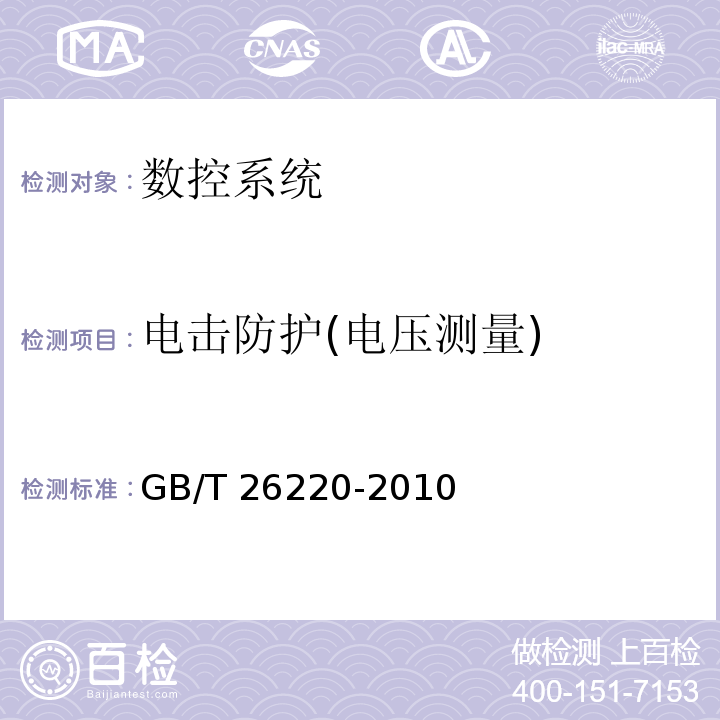
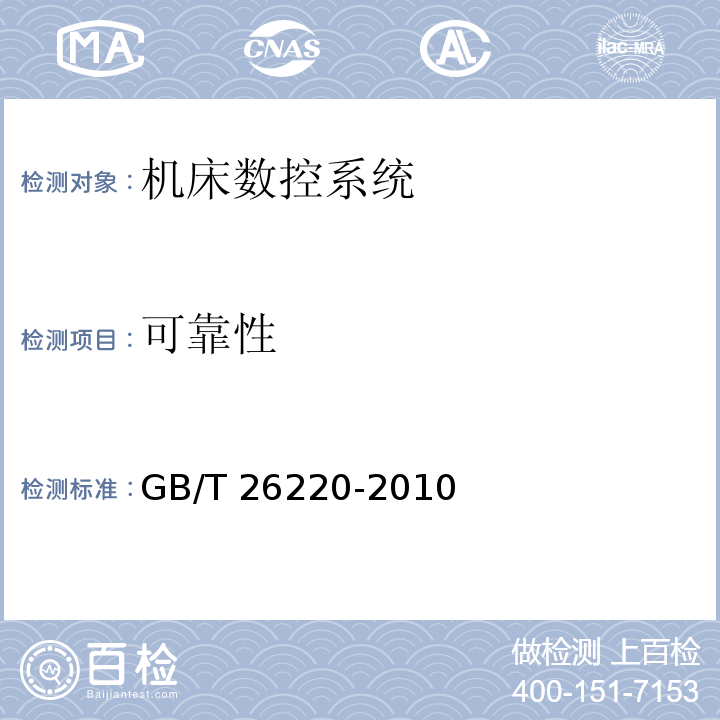
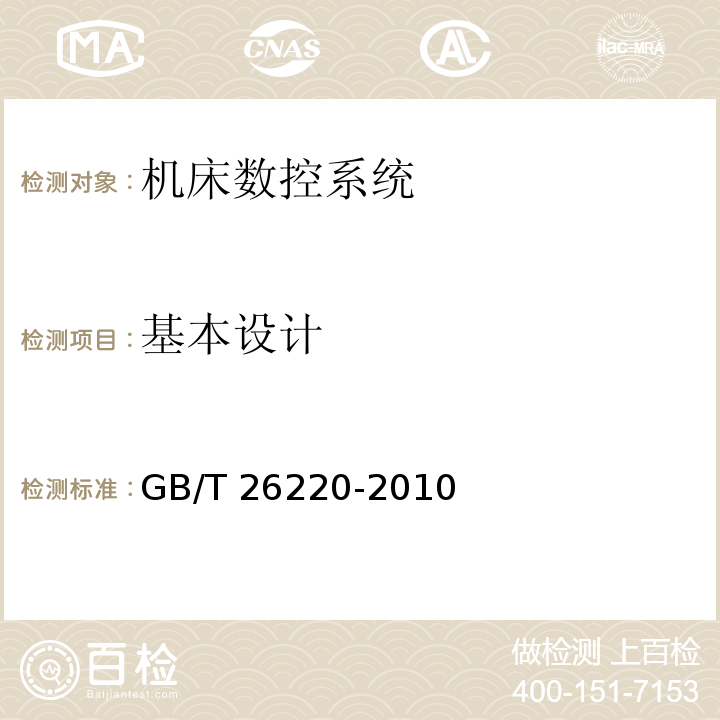
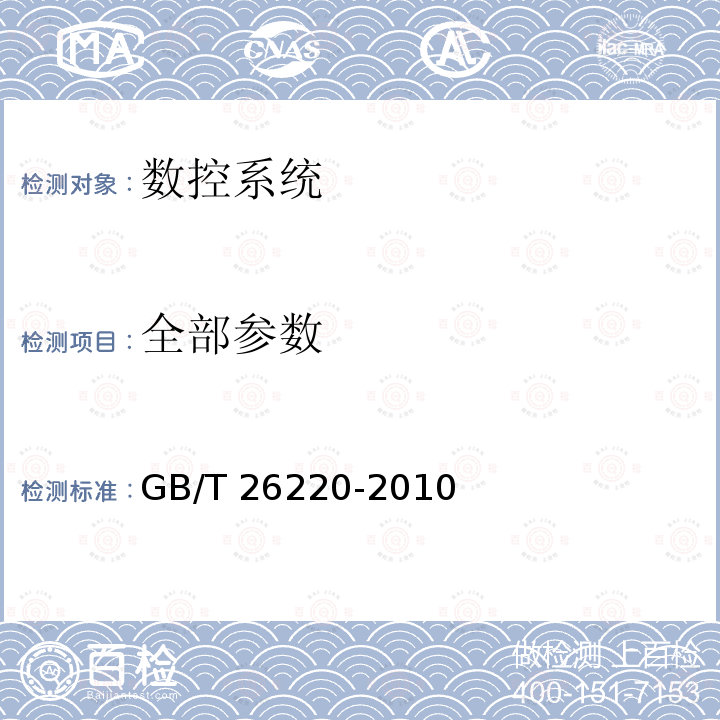
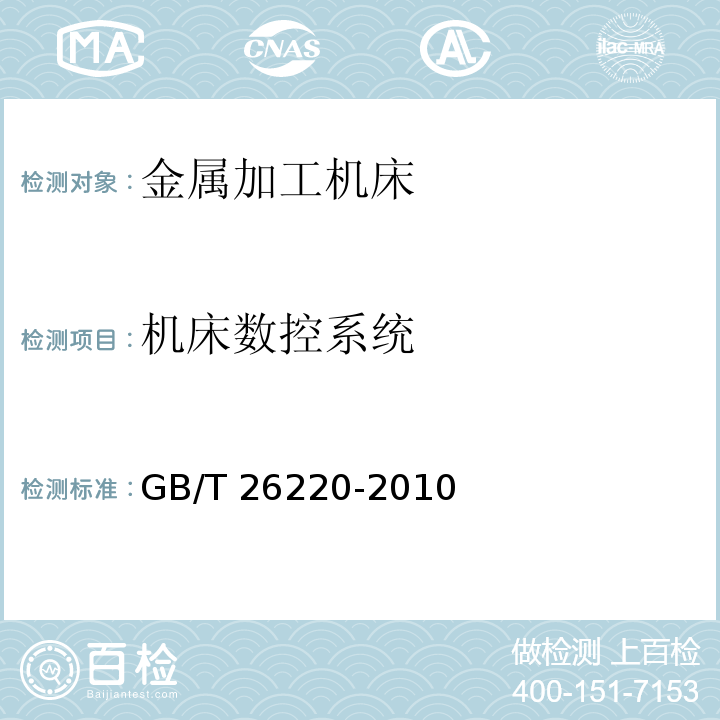
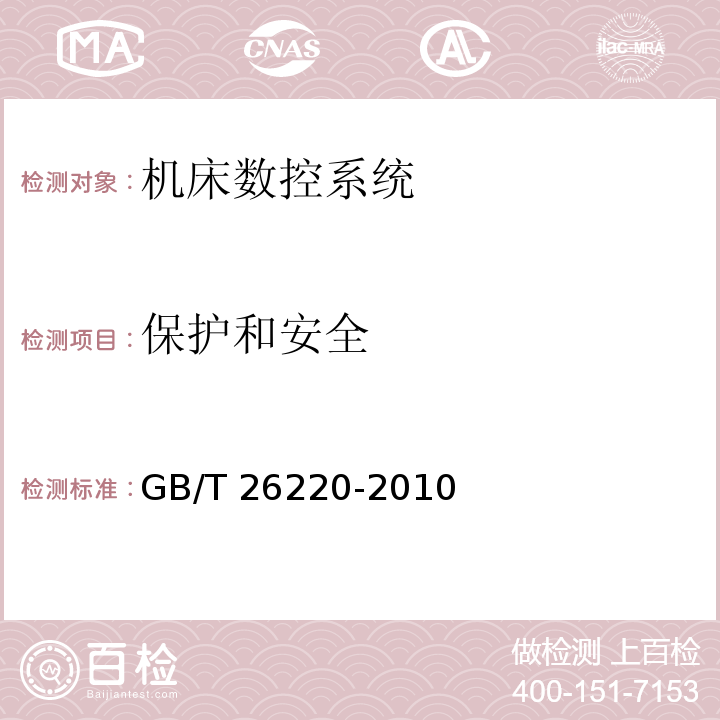

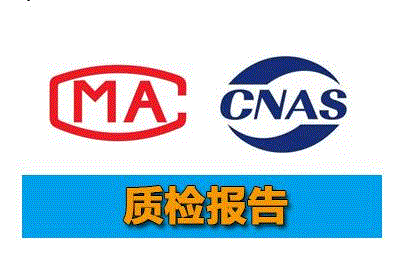
.png)
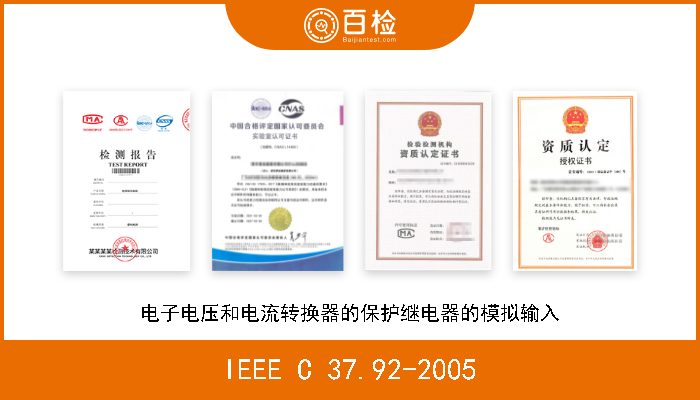
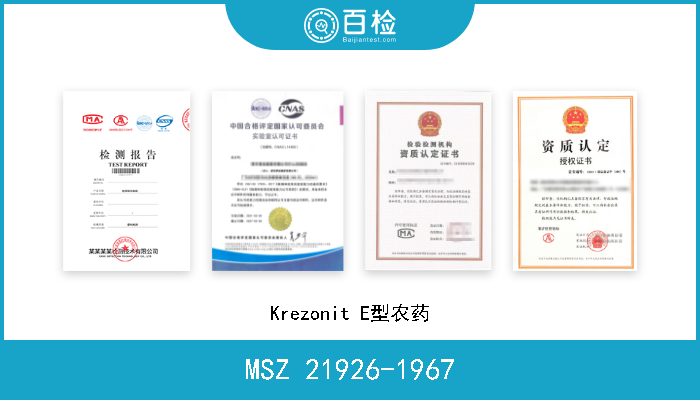
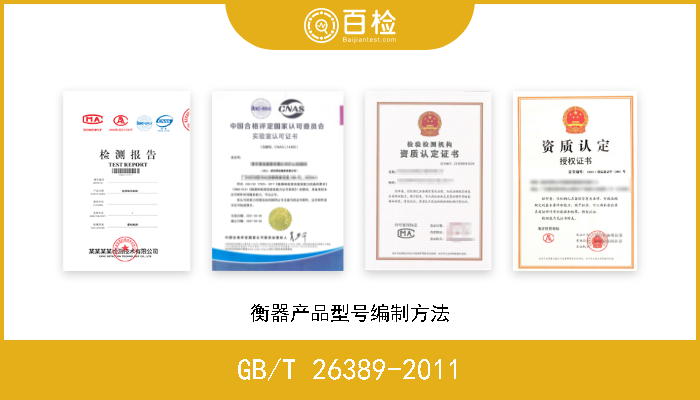
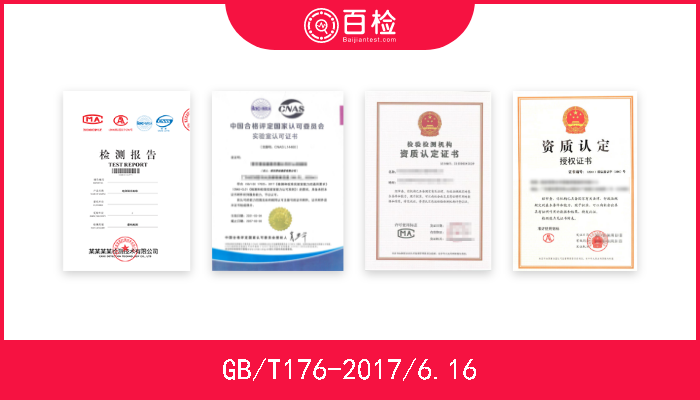
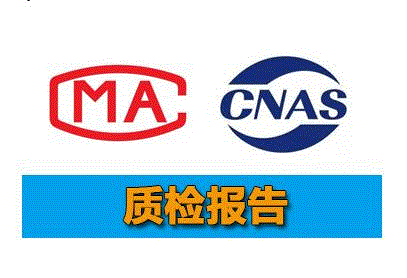
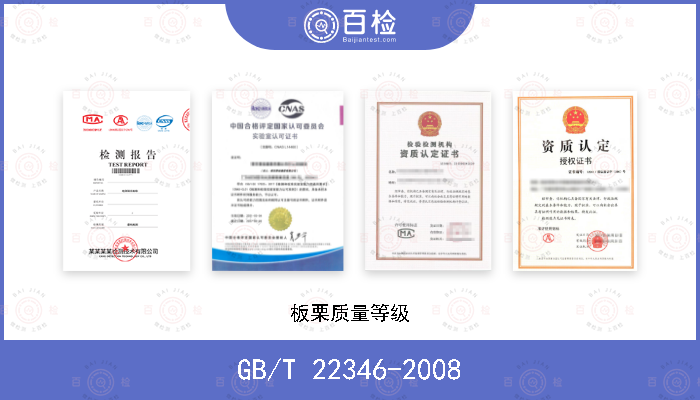


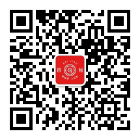
 400-101-7153
400-101-7153 15201733840
15201733840